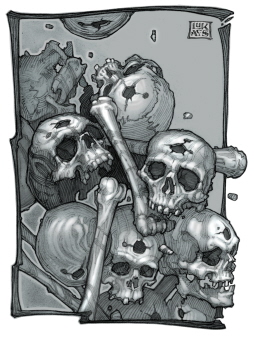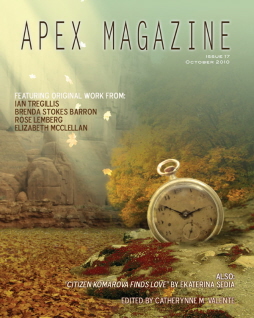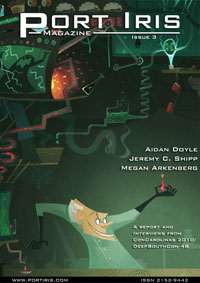Babble About Cabell: Domnei
 James Branch Cabell‘s often expressed ambition was to “write beautifully of perfect happenings.” He was born in 1879; one of his first jobs was reporting the society news in New York City; and his work frequently hinges on romantic love of a very old-fashioned sort. A reasonable person might conclude from all this that the man wrote slop but, as so often, the reasonable person would be wrong.
James Branch Cabell‘s often expressed ambition was to “write beautifully of perfect happenings.” He was born in 1879; one of his first jobs was reporting the society news in New York City; and his work frequently hinges on romantic love of a very old-fashioned sort. A reasonable person might conclude from all this that the man wrote slop but, as so often, the reasonable person would be wrong.
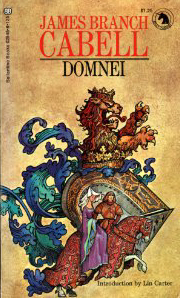 Where to start with Cabell? He didn’t go out of his way to make it easy. His major work is a 25-book
Where to start with Cabell? He didn’t go out of his way to make it easy. His major work is a 25-book eikosipentology ohmygodthatstoomanybooksology series titled The Biography of Dom Manuel. Only one of the books (Figures of Earth) actually deals with Dom Manuel, the legendary hero of a fictional French county Poictesme. The rest of the books supposedly deal with Dom Manuel’s life as it passes to his heirs, physical and otherwise, under three grand divisions: chivalry, poetry, and gallantry. If you think it is possible to be more old-fashioned than this, I’m afraid my seconds will have to call upon you for an explanation.
Not all of this stuff is equally readable, and some of it is not readable at all. Things like Beyond Life: The Dizain of the Demiurges is strictly for the Cabellian completist or the literary masochist. (There may be some overlap between those groups.)
But Cabell had complete control over his style, and he used it to hilarious and harrowing effect. He spun fantasies of heroes and damsels in a Middle Ages that never was but (in the words of one of Dashiell Hammett’s most cynical characters), “Cabell is a romantic in the same way the horse was Trojan.” He tells these tales, unrolls these dreams; he cherishes them; he deconstructs them; he mocks them–somehow all at the same time. Cabell’s spirit kills these dreams; his letters give them life.
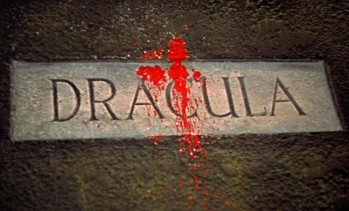 October films come in two flavors for me: Universal and Hammer. I have affection for almost any Gothic horror films these studios produced during their Golden Ages (1930s and ‘40s for Universal, 1950s and ‘60s for Hammer), even the lesser entries. The studios have such opposite visual approaches to similar material — the black-and-white shadows of Universal, the rococo lurid colors of Hammer — that they create a perfect Yin and Yang for Halloween, a Ghastly Story for Whatever Suits Your October Mood.
October films come in two flavors for me: Universal and Hammer. I have affection for almost any Gothic horror films these studios produced during their Golden Ages (1930s and ‘40s for Universal, 1950s and ‘60s for Hammer), even the lesser entries. The studios have such opposite visual approaches to similar material — the black-and-white shadows of Universal, the rococo lurid colors of Hammer — that they create a perfect Yin and Yang for Halloween, a Ghastly Story for Whatever Suits Your October Mood.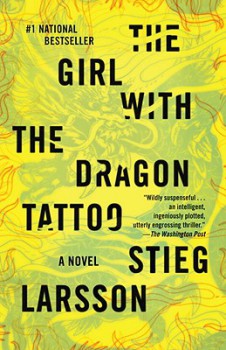

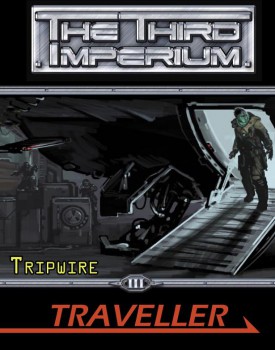
 It begins with an imp, some dwarves, a stolen set of bowling balls, and a cigar-smoking dragon in a flat newsboy cap. It gets stranger from there, sprawling through an epic of long-jawed mudsuckers, oddly literate stonedrakes, bad puns, bounty hunters, and some of the most spectacular color comics pages you can imagine.
It begins with an imp, some dwarves, a stolen set of bowling balls, and a cigar-smoking dragon in a flat newsboy cap. It gets stranger from there, sprawling through an epic of long-jawed mudsuckers, oddly literate stonedrakes, bad puns, bounty hunters, and some of the most spectacular color comics pages you can imagine.